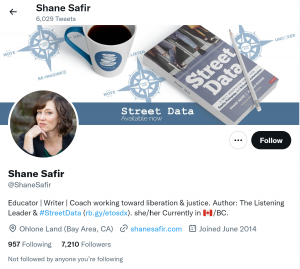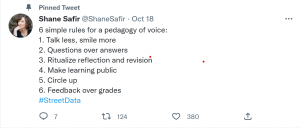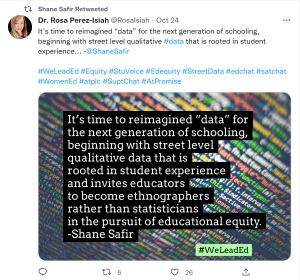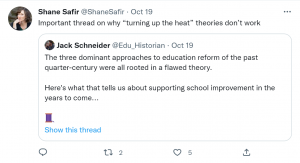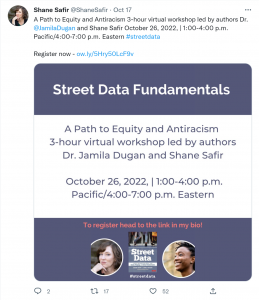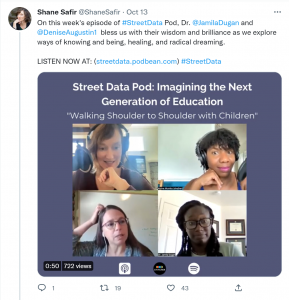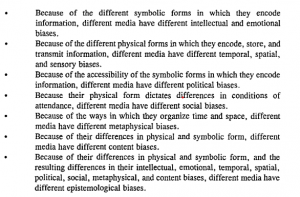Our MySupport App was very much one that was relevant to both Helena and I, as we have had previous experience working in the health and education sector such that we were able to see and understand the need for such a centralized platform.
In Theory
Drawing from the approaches of data-mining and pedagogical documentation of “the living wall”, we hoped to center students’ in special education and their perspectives alongside data- driven methodologies such that we can have a more comprehensive approach to support their needs.
I believe both these quantitative and qualitative approaches can be seen as extensions of core concepts in Media Ecology and New Materialism, specifically the “intra-action and diffusion” of information between the “selbstbildung” of the individual student, surrounding support workers, and their environment, as well as the artifacts and progress they make in the learning process.
In Practice
Framework
In terms of our design process, we were drawing from approaches in UI/UX design and research principles, though not as vigorous as we had hoped to, due to time constraints and limitations.
Moving forward, I believe having a stronger understanding of UX design processes will be helpful with finding more robust solutions to serve the needs of the different people this app was intended for, especially with such a broad range of professions we need to take into consideration.
Challenges and New Skills Unlocked
I believe we have a strong conceptual idea very early on in the term, however, the execution and technical difficulties we ran into was what set us back in terms of time.
I think the biggest challenge was trying to find a suitable platform to host our application on, and then altering their offered features to fit the functions of what we wanted for our app.
In some ways, perhaps it would’ve been easier overall to choose a simpler/familiar platform (perhaps a learning management platform instead of a customer relationship management platform). However, we both wanted to rise up to the challenge and stretch our abilities with this final project.
We spent a lot of time tinkering around on many different platforms, including Salesforce and Hubspot before we settled on Odoo, due to the modular features and was less complex than the other two platforms for what we needed.
Since Odoo does not have the best user interface and not geared for management in health and education, we spent a lot of time trying to re-structure what they offered to fit our own application needs. The process of that was just really getting hands-on experience playing around with how the features work, understanding the functions that it can afford, and see what we can do to leverage these affordances.
Due to the limited free trial timeframe of the Odoo platform, we also had to start from scratch to recreate the app, as the trail would’ve ended before we were able to present. This was also a big set-back in our progress, and we were really worried if we were even able to create a (semi-)functioning app for demonstration. Fortunately, a meeting with the instructor and clarification that documenting and making our creation process transparent was most crucial made us regain some composure just before the presentation date.
Collaboration
In the beginning when we were trying to come up with the conception of this app, Helena and I were trying to find a converging point, which happened to be in the intersection of health and education.
From my experience as a support worker for youths on the autism spectrum, I provided some of the different perspectives of the support workers and their potential user experience concerns, which was necessary for creating the features to our app. Helena also chimed in with her experience as well, having also experience in a similar supporting role working with individuals in special education.
We both put our heads together with the technical aspect of creating the app, as we needed to understand the strengths and weaknesses of each feature. Helena had a lot more experience with using CRM platforms from her previous professional experiences and was immensely helpful with some of the troubleshooting.
When I was feeling overwhelmed and uncertain about our vision, she also provided a lot of encouragement which really uplifted our team morale, which really gave me motivation and that extra push at the end of the semester.

